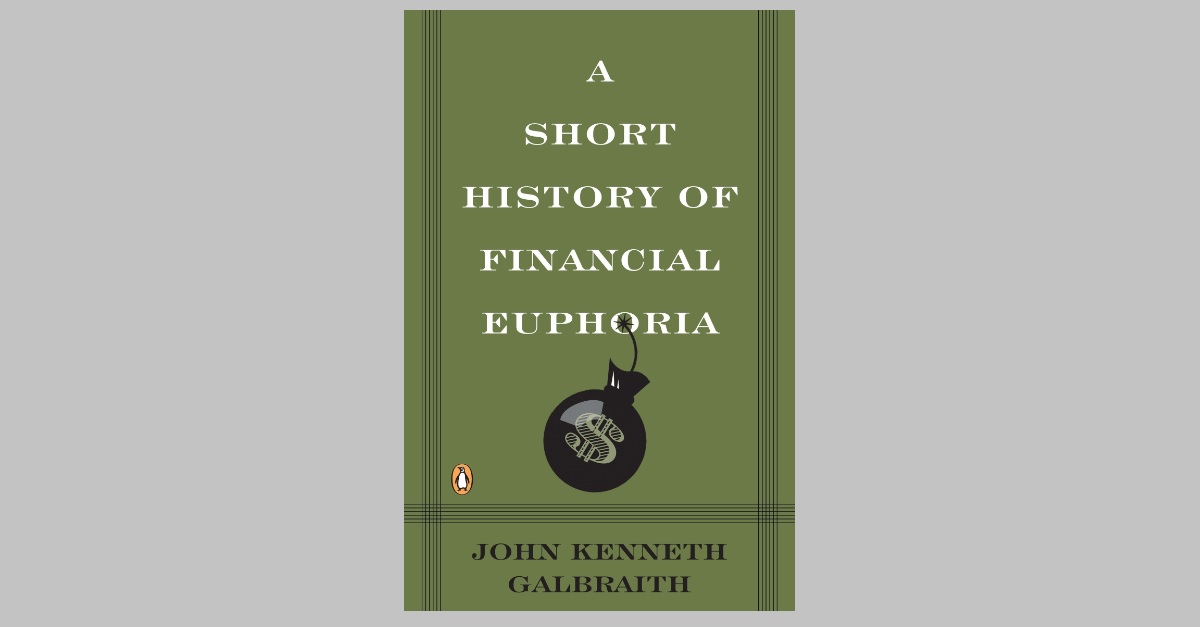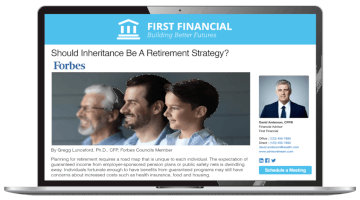Summary: A Short History of Financial Euphoria

by Duncan MacPherson
Use my summary of John Kenneth Galbraith’s book A Short History of Financial Euphoria to add impact to your messaging to be compelling and attractive to clients:
As a financial advisor, you know all about the distinction between the message and the messenger. The message is more about the products and services you represent. The messenger is more about you and your ability to be the voice of reason to clients during times of intense turbulence and uncertainty....











